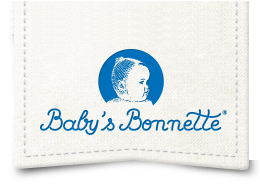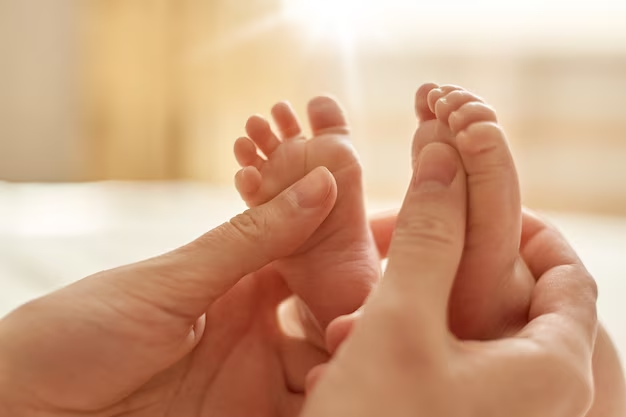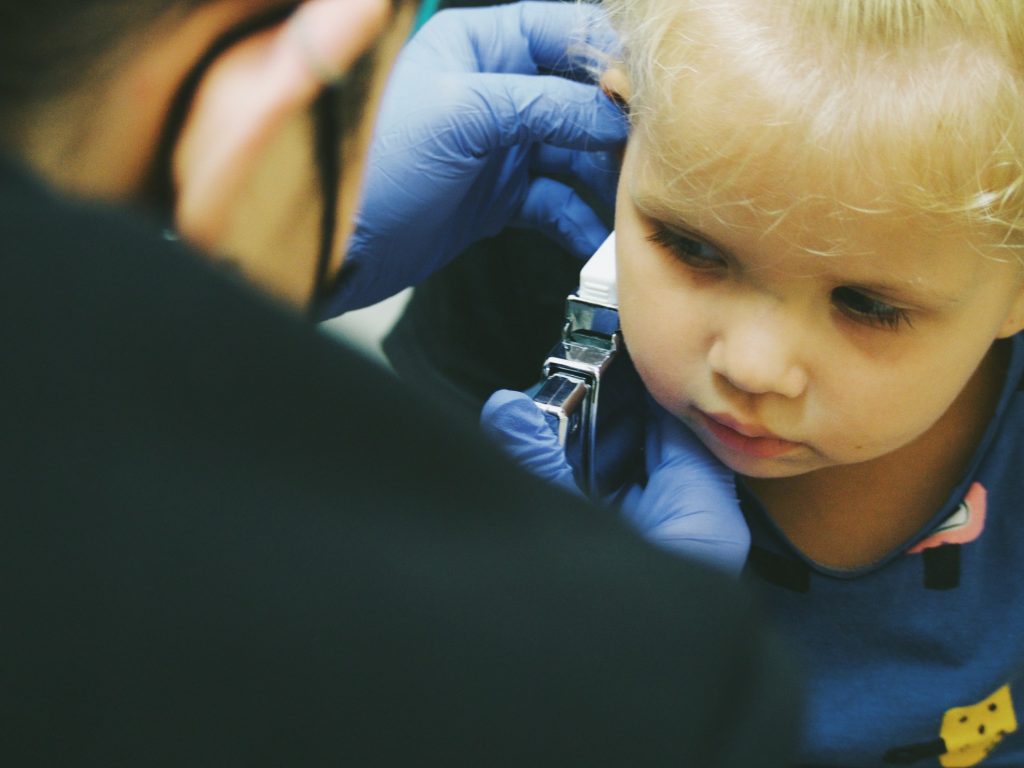When a baby spends a lot of time in one position, the shape of his head can change. This is known as positional skull deformity.
For around 20% of babies, a skull deformity occurs when they are in the uterus or birth canal. Most often, this occurs during the first 4 to 12 weeks of life. This is when babies are not able to sit up or move on their own. At 6 months, many babies become more mobile and can turn their heads on their own more regularly.
3 common types of deformity
The change in shape of a baby’s head is generally linked to the position in which he spends most of his time. Your paediatrician can determine whether the shape of your baby’s head is caused by a positional deformity of the skull or by a rare but more serious condition called craniostenosis. Common positional skull deformities do not require surgery.
Deformity brachycephaly occurs when the head is symmetrically (evenly) flat at the back and broad from side to side. The bone above the ears may appear to protrude. This is often the case with babies who spend a lot of time on their backs and not enough time on their stomachs.
Deformity plagiocephaly occurs when the head is asymmetrically (unevenly) flat on one side of the back. The forehead may be more prominent, making the head look like a parallelogram. The ear may also move forward on the flat side. This is often seen in babies who prefer to sleep with their head turned on one side and those with torticollis.
Early intervention and therapy
In some cases, the doctor may recommend treatment for positional deformity of the skull, particularly those with moderate or severe flattening.
- Physical therapy. Your paediatrician may refer your baby for early intervention services and assessment by a paediatric physiotherapist. The therapist will check your baby for motor delays caused by poor head and neck control and for torticollis. You will also learn stretching and positioning exercises to do with your baby at home. Depending on the severity of the positional skull deformity, your baby may need weekly treatment.
- Helmet therapy. If your baby has moderate or severe flattening that does not respond to treatment by 5 or 6 months of age, he or she may need helmet therapy. Moulding helmets work by reshaping the baby’s head and are fitted by a specialist.
Surgery should only be considered when all other options have been exhausted and after consulting a paediatric neurosurgeon or plastic surgeon who specialises in this type of case.







